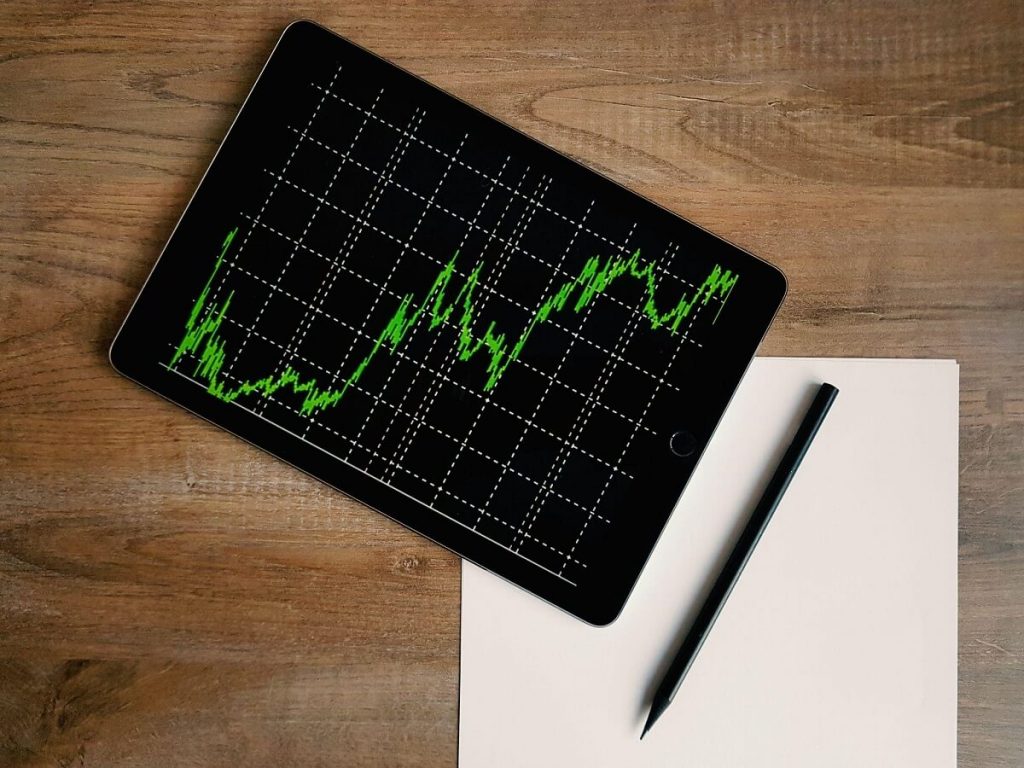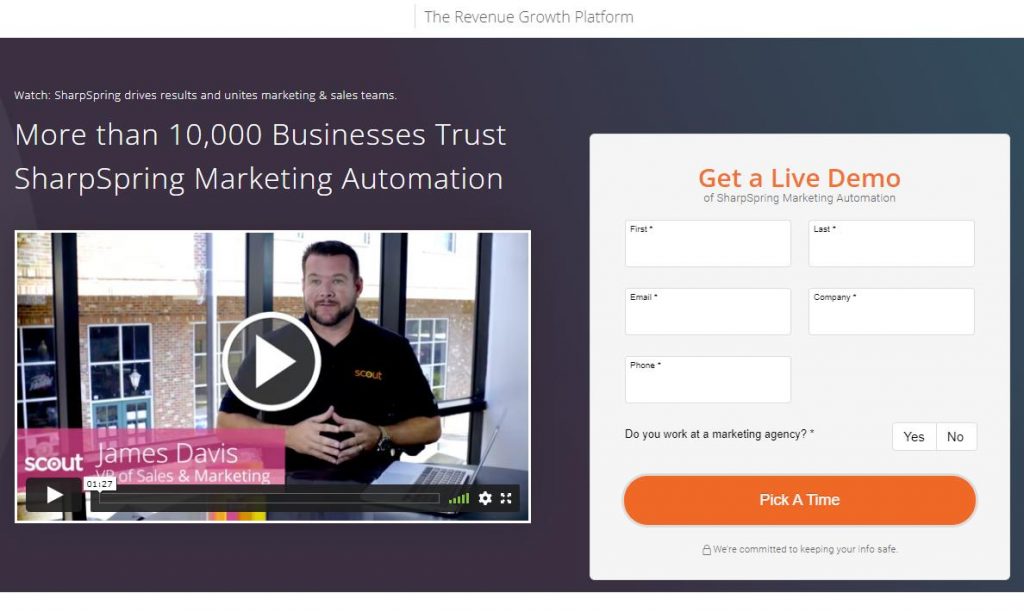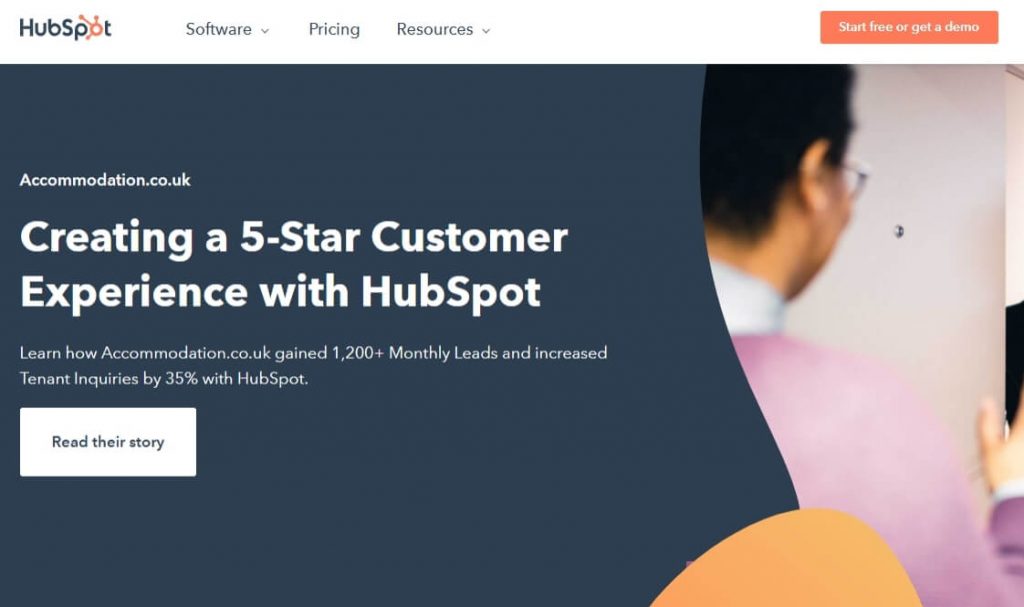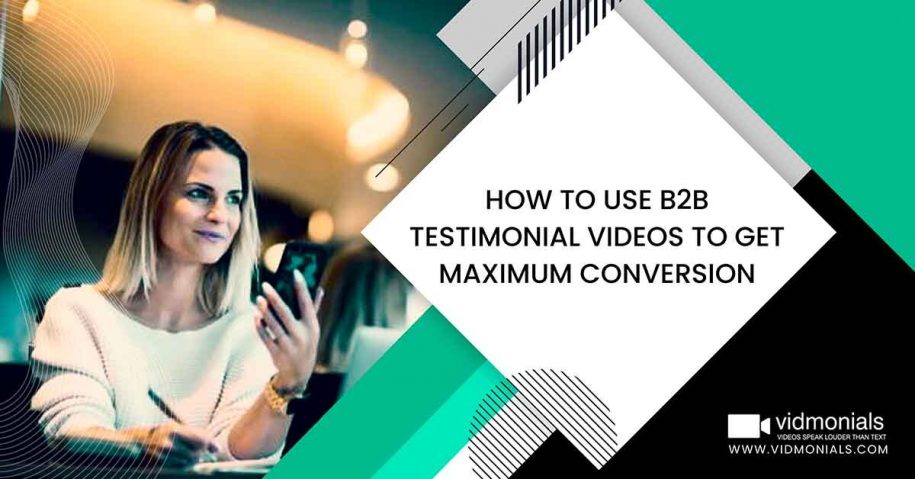In your marketing and sales activities, B2B testimonial videos are a terrific way to use the good experiences of delighted customers to help you convert new consumers.
Customers’ opinions matter nine times as much as the company’s own, according to research.
Additionally, this is especially valid in the case of business-to-business (B2B) organizations. Because they don’t want to waste their time on a subpar product or service. Moreover, professionals rely on the recommendations of their peers.
Furthermore, there is a strong desire for inside information, and they are skeptical of what a corporation says about itself.
Companies often rely heavily on recommendations from other companies when making purchases of software or services. These video testimonials connect your current consumers with future ones in a similar way.
It’s not as simple as filming a customer talking wonderful things about you to create a testimonial video that demonstrates to potential customers how you can help address their company’s pain issues.
With the help of this post, we’ll show you how to use b2b testimonial videos to get maximum conversion.
To get started, let’s go over some of the most often asked questions about testimonial videos.
What is a video testimonial, and why should you be interested in them?

Current (and happy) customers speak openly about their experiences with your organization in a testimonial video.
A fantastic way to employ user-generated content and give social proofing is through client testimonials. Customers weigh these two aspects heavily when making purchasing decisions.
Promoting your product by using real consumers helps to establish trust with potential clients. In addition, it makes clear what you offer.
Especially in B2B, companies must walk a fine line between displaying their technical competence by using jargon and speaking in plain English that anyone can comprehend (to increase clarity and bridge any customer-client divide).
When it comes to customer testimonials, 47 percent of respondents believe testimonial videos are useful because they help people see how a product or service functions in real life.
Using testimonial videos in your sales funnel’s landing pages has many advantages, one of which is the potential to help prospective B2B clients envision your offering.
To help your customers move further down your sales funnel, you can use testimonial videos.
Read More: 8 Super Effective Testimonial Video Examples
Use B2B Testimonial Videos to Get Maximum Conversion

Just to make sure I’m clear, a video testimonial IS:
- Allowing your current customers to connect with future consumers naturally and honestly.
- Great for explaining how your product works and helping other businesses at the same time.
- One that helps you move customers along the sales process.
What a video testimonial IS NOT:
- A film/documentary about your business or a commercial to advertise your product or service.
Now, let’s look at three ways to use b2b testimonial videos to get maximum conversion.
1. Use video testimonials on your landing page to boost conversions
Landing pages are used to close consumers in the middle of the funnel to the bottom of the funnel. Use of social proofing, exhibiting experience and authority as well as creating trust with your potential customers are all part of good landing page techniques.
In other words, how do you demonstrate all of these attributes in a single medium?
Video.
As an illustration, have a look at this business.

What makes this an excellent illustration?
There are several reasons why this landing page appeals to us.
First, it establishes authority and trust with a bold headline.
Second, this landing page has a narrow focus on only two things: conversion rates and brand awareness. The video on the left and the form on the right are both customer testimonials. That’s an excellent visual representation of the way marketing campaigns with testimonial videos function.
Moreover, the video will do the heavy lifting and sell your goods for you, while the form will be used to collect your next lead’s contact information.
Adding a video testimonial to a landing page humanizes the experience.
Clients have been known to mistakenly believe that written reviews are as credible as video testimonials. They may even argue that they are superior to videos because they are less expensive to produce and can be seen right away.
However, the problem with text-based testimonials is that the human touch is gone.
2. Educate potential consumers by using testimonial videos as tutorials

To market B2B, you have to sell a relationship, and it may be hard for customers to understand how your firm will integrate with their business depending on the service you provide.
As a result, testimonial videos can be compared to the instructions you’ll find on YouTube.
A tutorial consists of nothing more than the words of someone who is explaining something “Hey, this is nothing new to me. It’s wonderful. Allow me to share with you how it works.”
In their video testimonial, your current customer says the same thing. They’re describing how your company assisted them in resolving a problem. They’re narrating how your product works in terms that potential customers will understand.
It’s crucial to keep in mind that companies develop a trademarked lexicon that can get lost in translation. Consumers, on the other hand, speak in the same dialect as their fellow customers.
Using a b2b testimonial video to educate potential clients is a perfect example of what we’re talking about.
3. Make a separate page on your website for customer testimonials
Your goal will determine where you put your b2b testimonial video. Our recommendation is to create a testimonial page that acts as a central center for all of your social evidence.
Having these sections on your site helps customers identify with and trust your brand, which can lead to more sales.
This Hubspot testimonial page serves as an excellent example of how such a page should look.

In the realm of B2B, statistics back up headlines, and this one shows that a company used Hubspot to grow by 35% percent. Fantastic.
Second, you’ve got call-to-action buttons. You can read about it or watch a video about it by further scrolling down.
Moreover, when you go a bit further down the testimonials page: testimonials from satisfied clients.
Lastly, given the false impression that the entire screen is a video, it’s a remarkable visual effect. I like how different each company’s testimonial page looks because it demonstrates their creativity.
Conclusion
How we consume information is transforming. Video is growing more and more popular as a means of disseminating and consuming information each year.
Using this truth in your B2B marketing and sales strategies has a lot of untapped potential. If a company prioritizes video content over text-based testimonials, it will stand out from the competition.
Videos with real people sharing their experiences are perfect for use in email marketing, social media marketing, and landing pages. They’re excellent teaching and persuasion tools.
We’ve found that B2B companies with better relationships with their customers do better in the long run. Additionally, video testimonials allow you to have direct interaction with your present customers while also demonstrating the worth of the hard work your company is already doing for new clients.
It is marketing magic: taking happy consumers and turning them into a tool that directs new purchasers to your product.
Find out how you can improve your marketing and sales by speaking with a BRAVO! product expert now. Schedule a demo now!

Leave a Reply